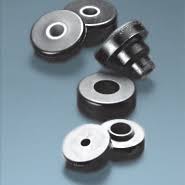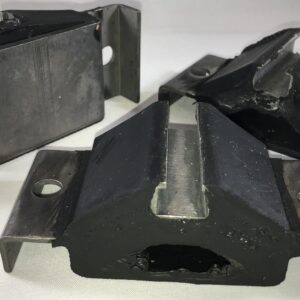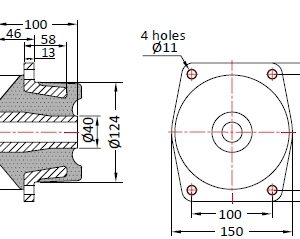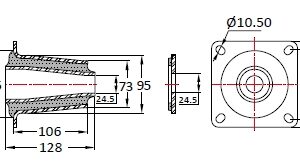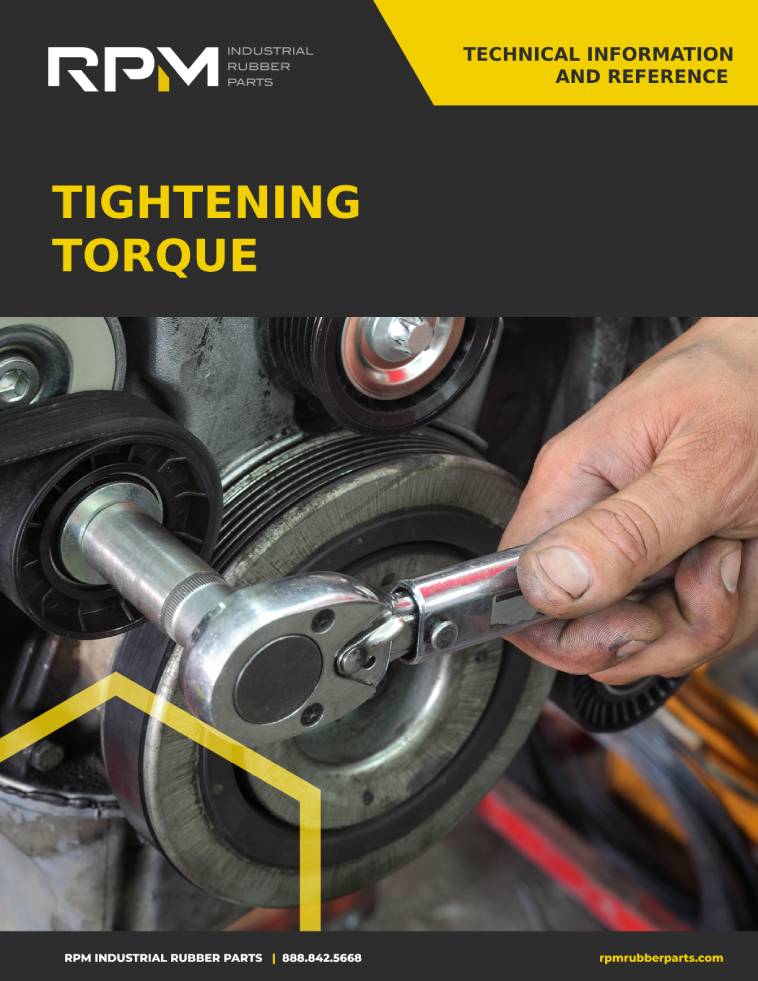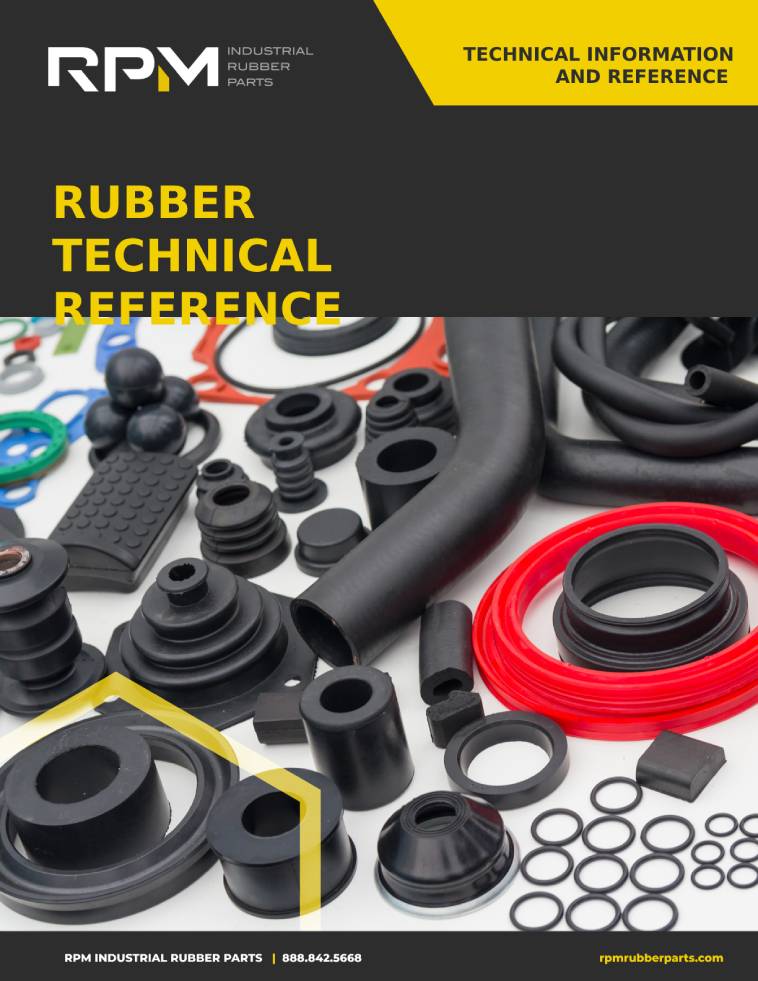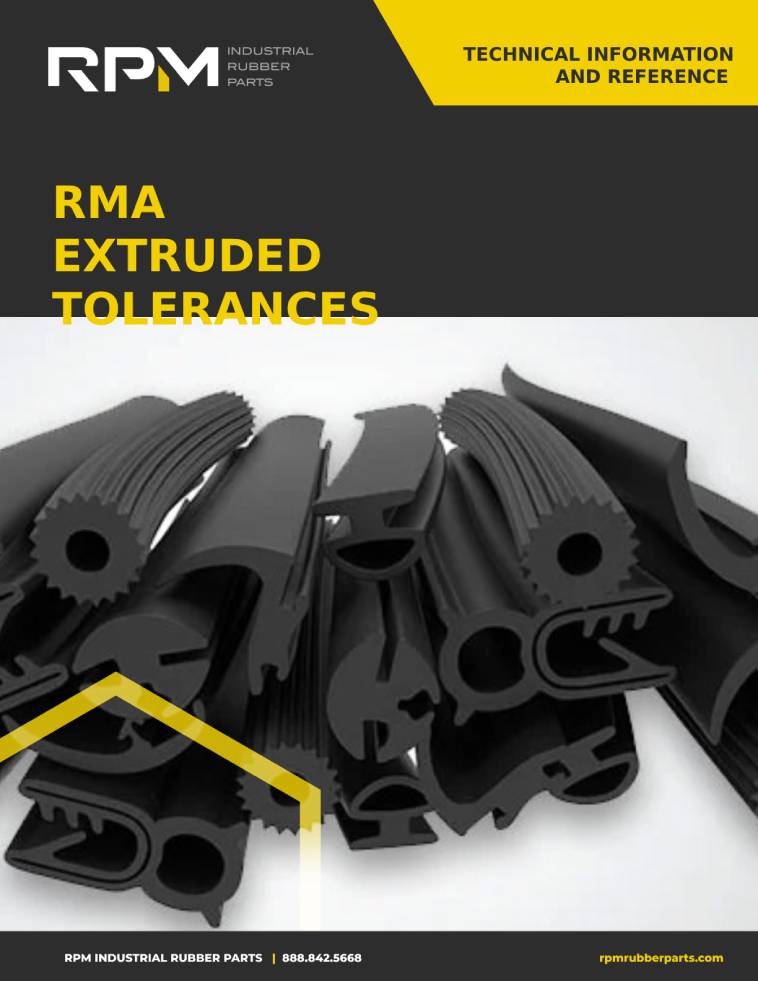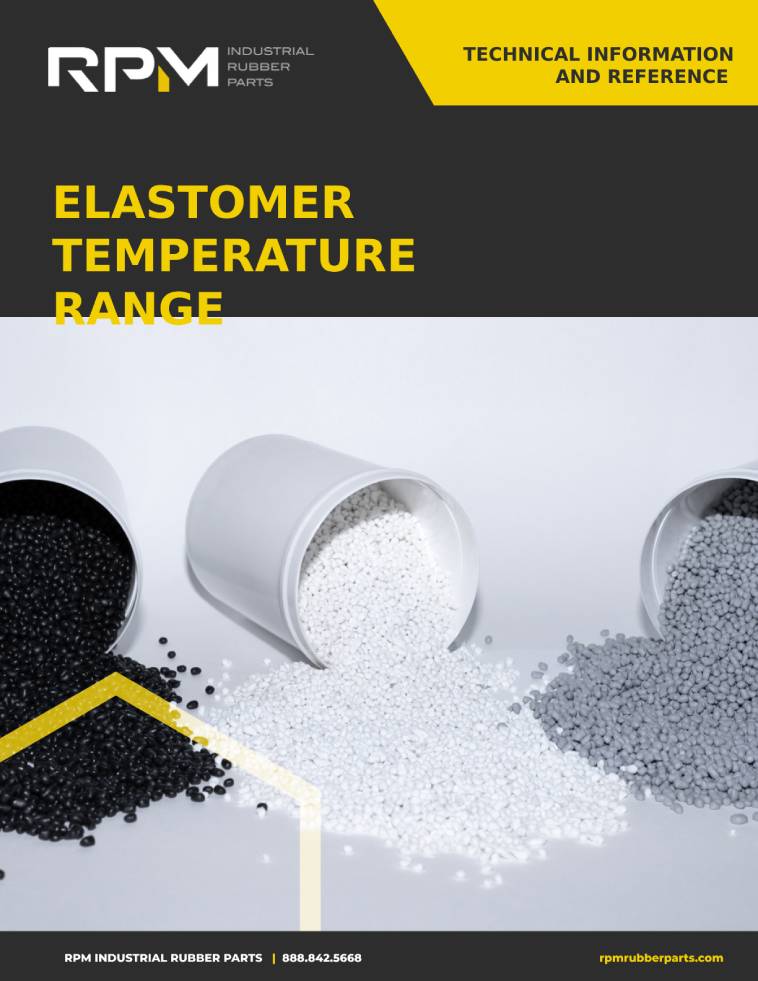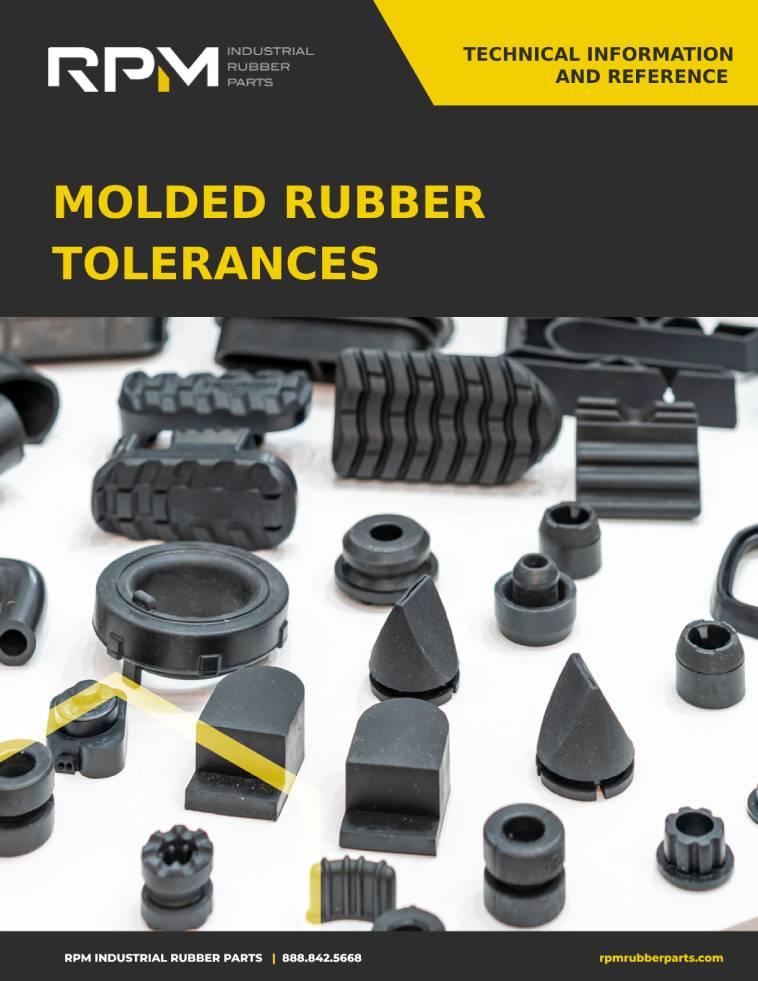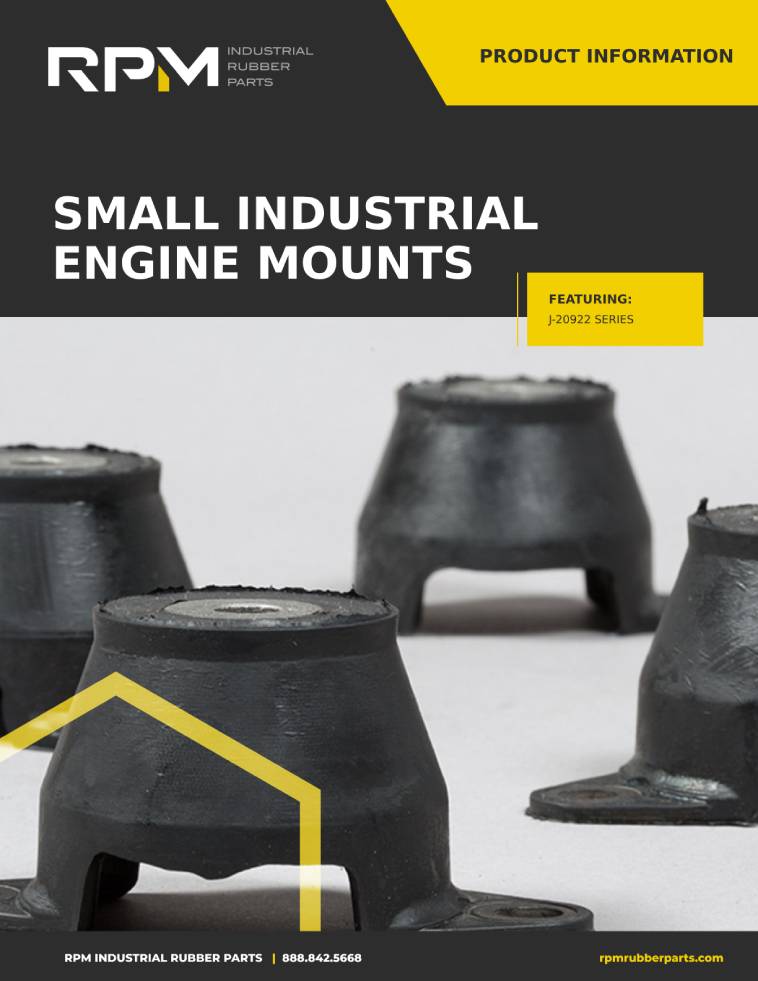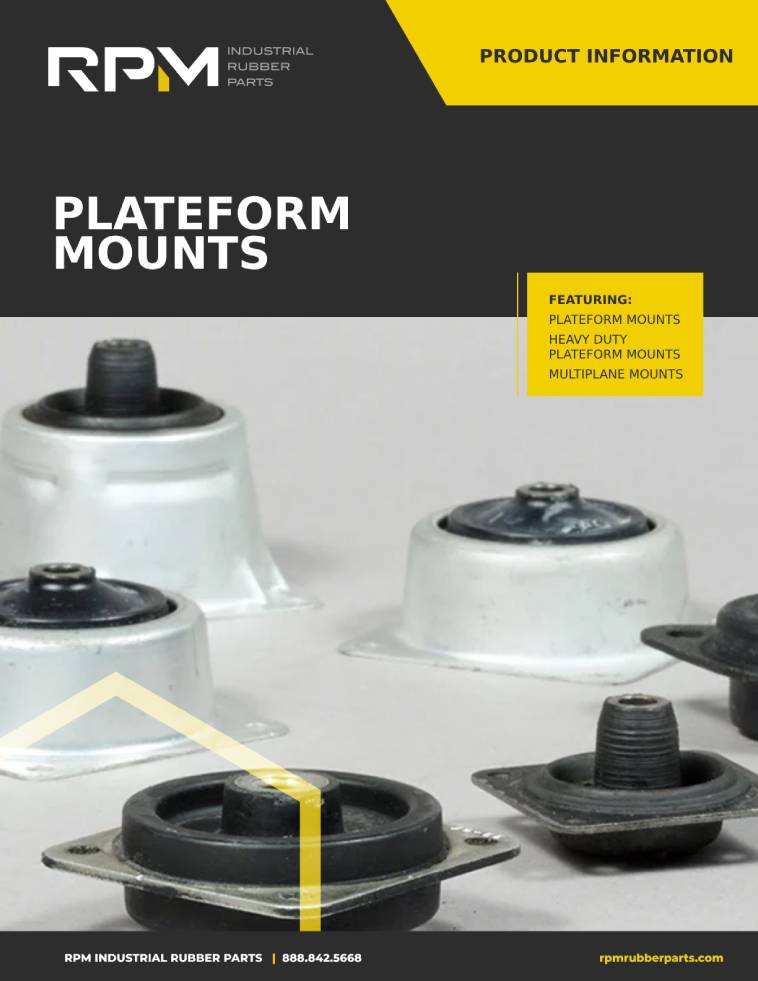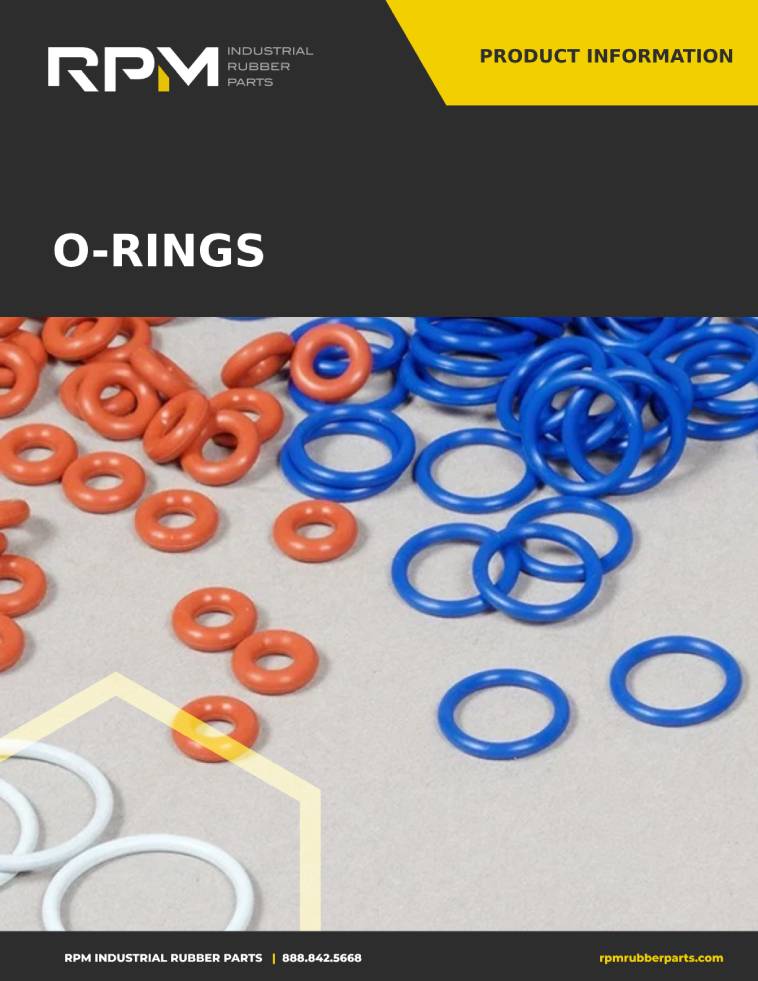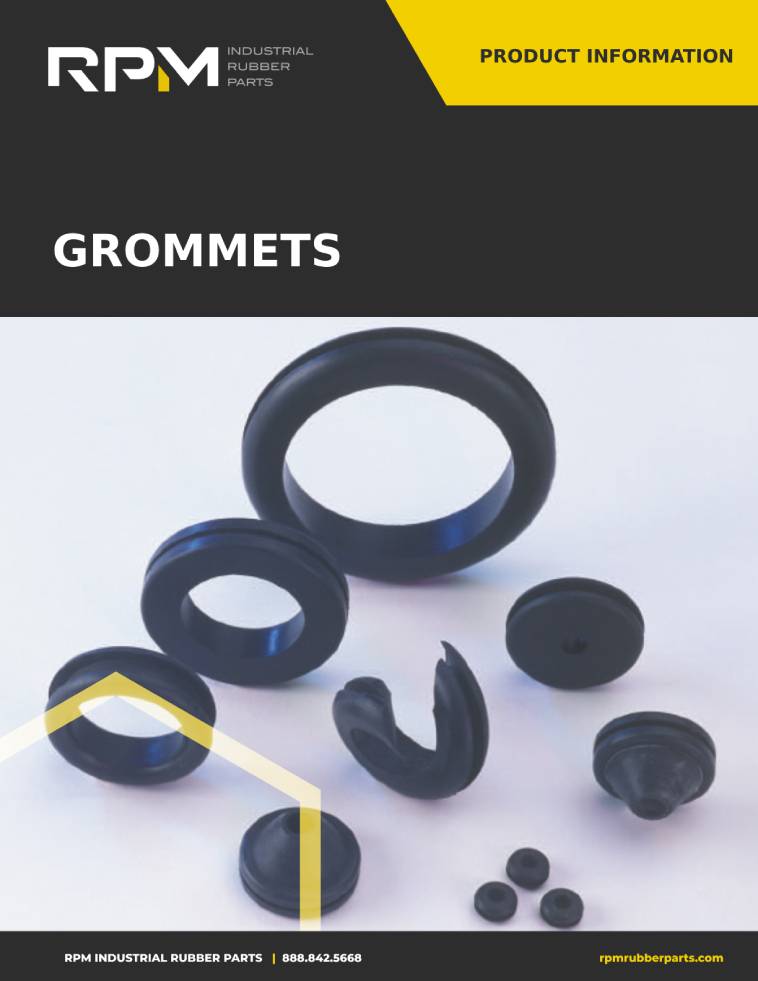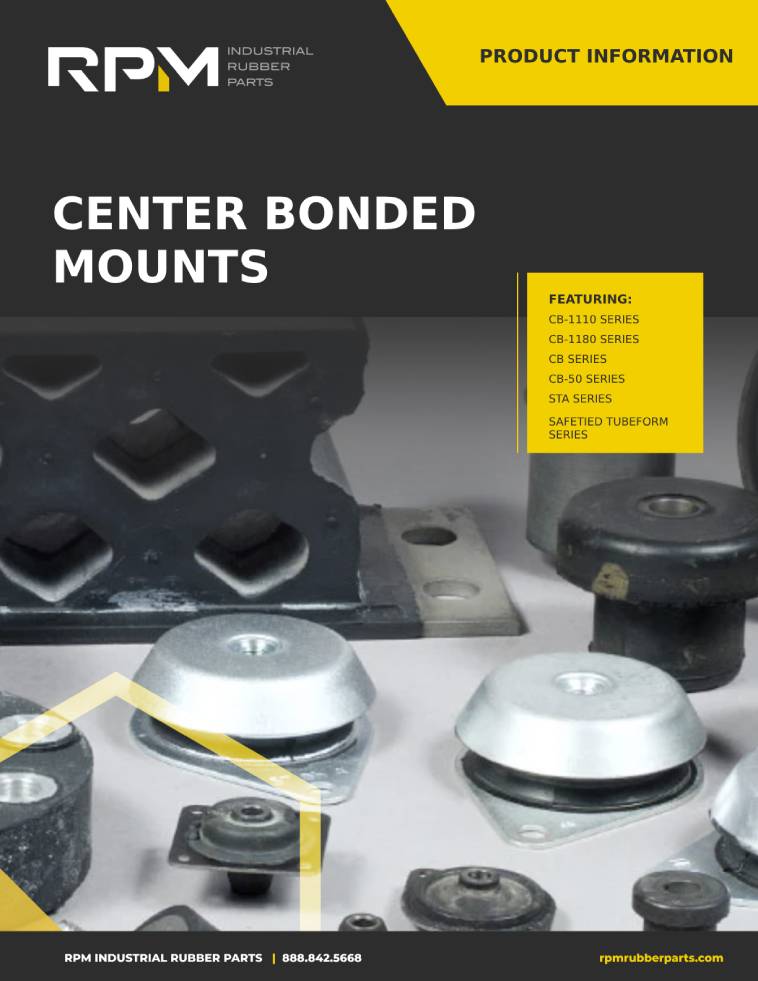If it shakes, rattles or rolls, chances are you can solve vibration issues with rubber. Custom manufactured vibration mounts are commonly used in machinery. This is because they relieve vibration, which can pose operational challenges and deteriorate equipment. Vibration isn’t a simple issue, however.
The complexity of solving noise, vibration and harshness (NVH) issues requires thoughtful, often customized, solutions. Magnitude, pulse shape, orientation, and load direction are all part of this conversation. The size and shape of vibration mounts are essential to proper function. Here’s why:
- The size of a vibration mount or any rubber pieces is important because the less rubber, the less load you can put on it. Larger sized elastomers can accommodate more load but introduce more motion. There should always be an accurate measuring process to ensure that the size not only fits but has both the flexibility and durability to not require frequent replacement.
- The shape of a vibration mount matters because the rubber is under compression. It needs to dampen or absorb shock from motion across multiple planes and directions. This may require a custom design or shape.
Size and shape matter. What vibration mounts are made of matters too. Your best options will probably be natural rubber or neoprene.
Two Most Common Materials: Natural Rubber and Neoprene
Natural rubber and neoprene are polymers. Natural rubber is extracted from a tree and neoprene is a synthetic compound. Both have ideal properties for vibration control. They are flexible and strong. While similar, they are not the same. Each has unique properties that make them best suited for specific applications. Here’s the breakdown.
Natural Rubber vs. Neoprene
| Natural Rubber | Neoprene |
| Made from sap | Comes in solid rubber or latex form |
| Can withstand temperatures up to 200℉ | Can withstand temperatures up to 275℉ |
| More sensitive to ozone and oxidation: shorter outdoor lifespan | Resists ozone and oxidation: longer outdoor lifespan |
| Lower resistant to oil and grease | Higher resistance to oil and grease |
| Lower cost | Higher cost |
| Better flexing at low temps | Poorer flexing at low temps |
| Lower compression set | Higher compression set |
Both natural rubber and neoprene are great because of:
- Flexibility
- Tensile Strength
- Bonding
- Tear & Abrasion Resistance
Both natural rubber and neoprene are used in multiple applications for vibration mounts.
Applications for Vibration Mounts
Vibration isolation mounts come in a few basic shapes and designs. They are essentially supporting structures that absorb impact, removing force and shock from equipment that would otherwise break down faster or incur damage.
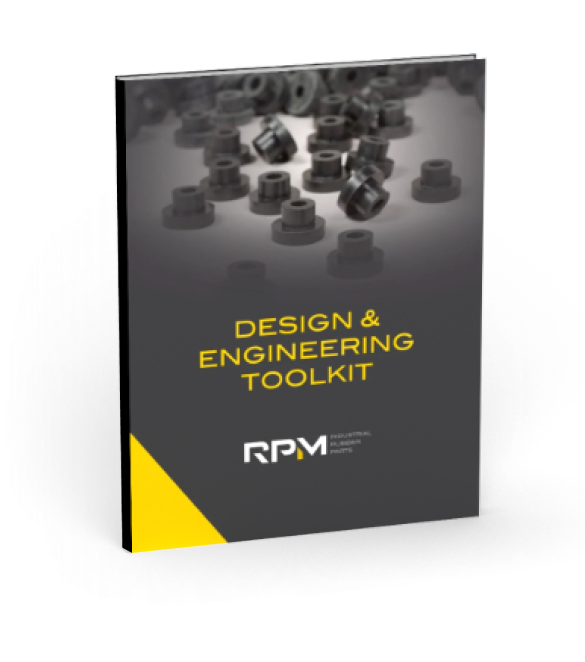
Do you really know everything about designing with rubber parts?
Get a free and valuable resource for finding or custom designing the exact part you need.
Types of Vibration Mounts
There are a few basic kinds of isolating mounts that provide bracing on different machine parts:
- Two-piece vibration mounts
- Anti-vibration pads
- Small industrial engine mounts
- Plateform mounts
- Rubber flex bobbin sandwich mounts
- HVAC neoprene mounts
- Bushings
- Large sandwich mounts
- Conical mounts
- Grommet isolators
- DynaflexⓇ couplings
- Machinery mounts
- Flex-bolt sandwich mounts
- Binocular engine mounts
Sometimes, to best isolate disturbing frequencies, molded rubber parts or rubber bearings are alternated with steel plates or involve hybrid isolation methods. All of the above are used to minimize vibration in vehicles and machines for numerous industries.
Vibration Mount Isolators
As mentioned before, anything that moves is a candidate for vibration isolation technology. The natural movement of machines risks friction and ultimately damage to machines. When bonded to metals, both natural rubber and neoprene can become a vital working part of machines. Most commonly, these will be used in applications like these:
- Power generators
- HVAC machines
- Any ventilating machines (with fans & oscillation)
- Pharmaceutical equipment
- Food equipment
- Vehicles
Vibration mount isolators work well both for light loads and heavy loads. On a small scale, they play a key role in computers and precision equipment.
Isolating Frequencies
The size, shape, material, and intended use are key components to nail down before moving forward with a vibration mount. The last piece to consider is highly technical and takes the frequency isolation into account. In addition to movement, vibration also causes mechanical stress. The range of sound frequencies emitted by vibration poses a health and safety risk. Minimizing or eliminating that vibration may be essential for machine use.
Finding the Correct Vibration Mount
The bottom line is that there are numerous technical components to this discussion. It’s essential to invest in products that will provide optimal outcomes, both for ease of operation and to lengthen the life of your machine and parts.
How can you tell if a vibration mount is designed to spec? One indicator is to look at what’s missing. In other words, directional voids are a key indicator of how specific the shape and structure are to the mount. How does the vibration mount accommodate the machine’s movement?
Determining the material and processes to solve specific needs is where RPM comes in. The experienced engineers on our team can tell you every style of mount and the benefits of using one over the other. It’s tempting to turn to the internet. Instead, understanding your specific application needs can actually accelerate the process of getting the right product in your hands.
Custom Manufactured Vibration Mounts
RPM is a leading rubber manufacturer with world-class processes and perfectly designed rubber parts and products. We have highly-trained customer service and engineering teams who will help every step of the way. Our services include:
- Premade rubber parts
- Custom rubber parts
- Extruded rubber
- Molded rubber
- Vibration and noise control
- Rubber-metal bonding
At RPM, we work with your timeline and budgets. Our cost-effective prototypes can be populated in small production runs that align with your schedule. We understand and meticulously implement the best tactics for achieving high-quality custom rubber products for your company. Get in touch to learn more and order your custom rubber part.
Related Resource
The Engineer’s 7-minute Guide to Rubber Molded Parts
Our free resource is a quick-reference guide to help you determine if exploring a rubber part is right for your application.








